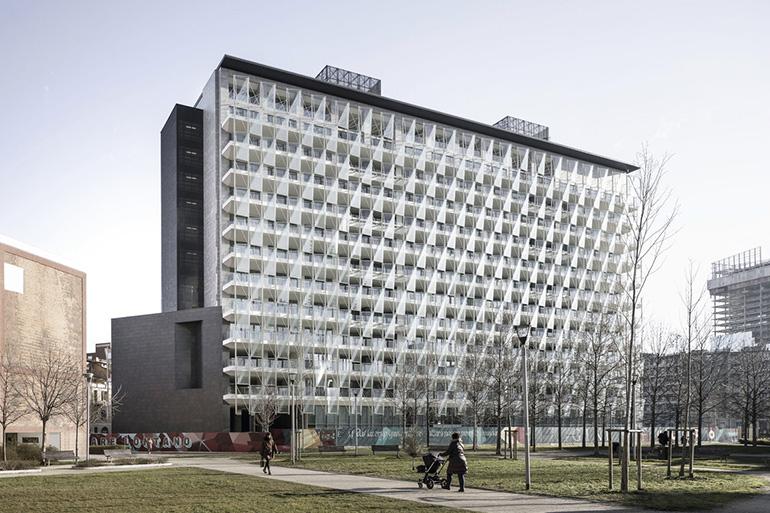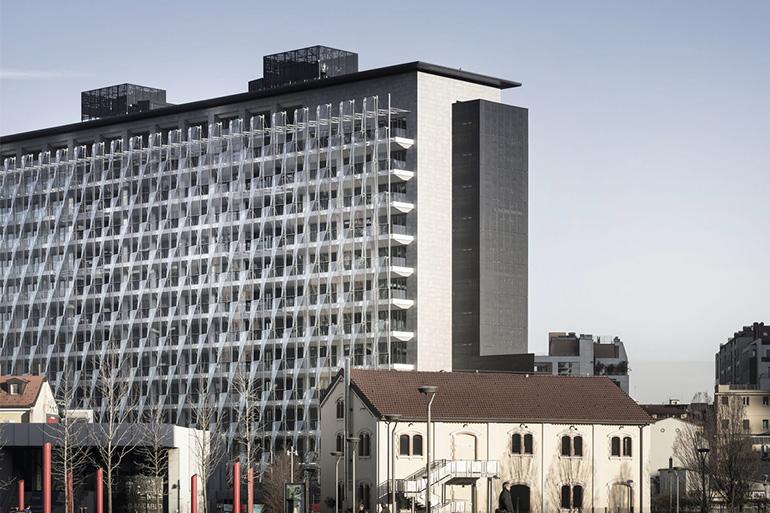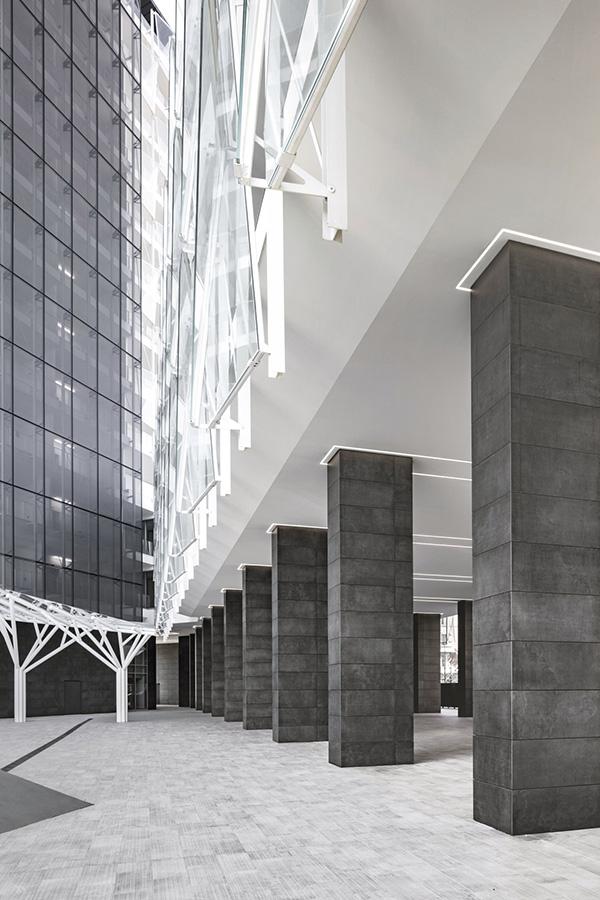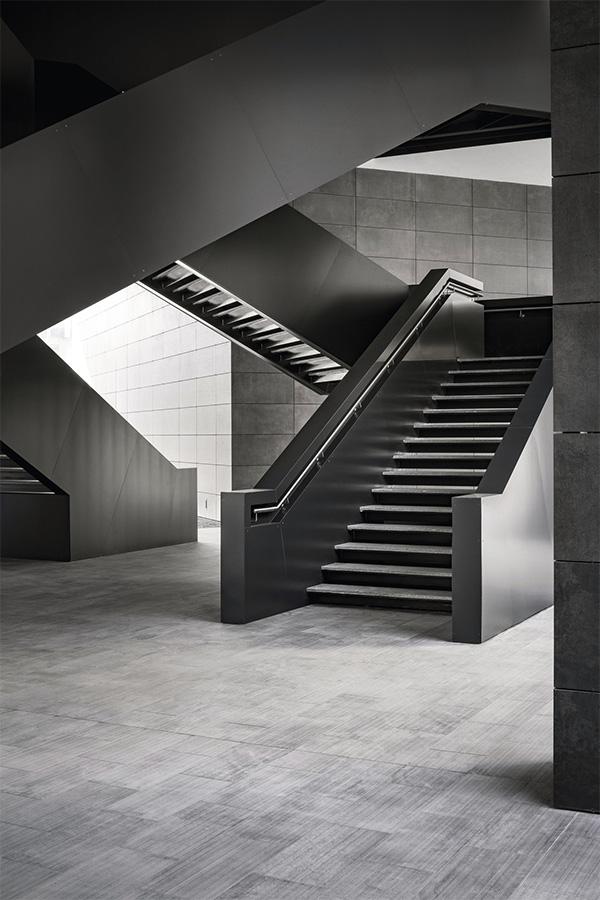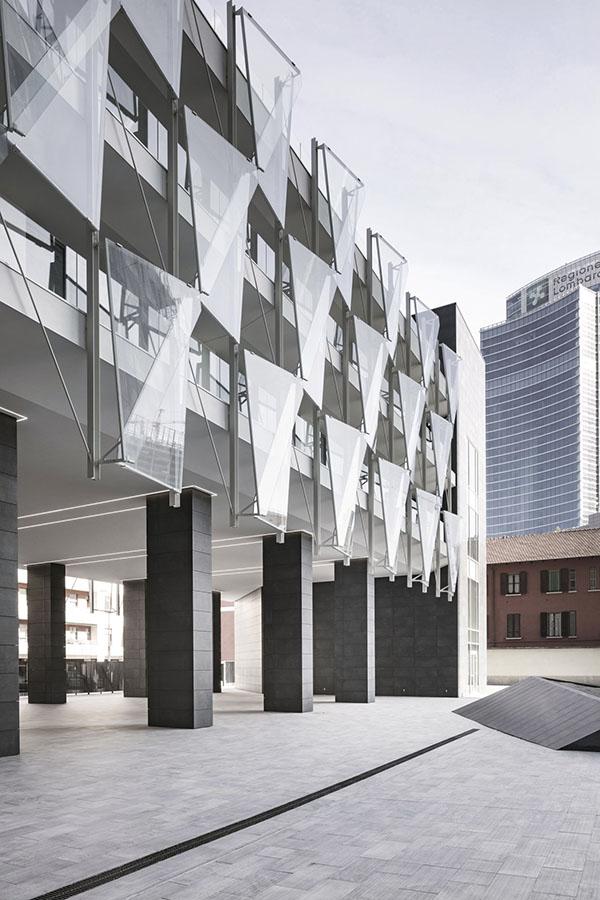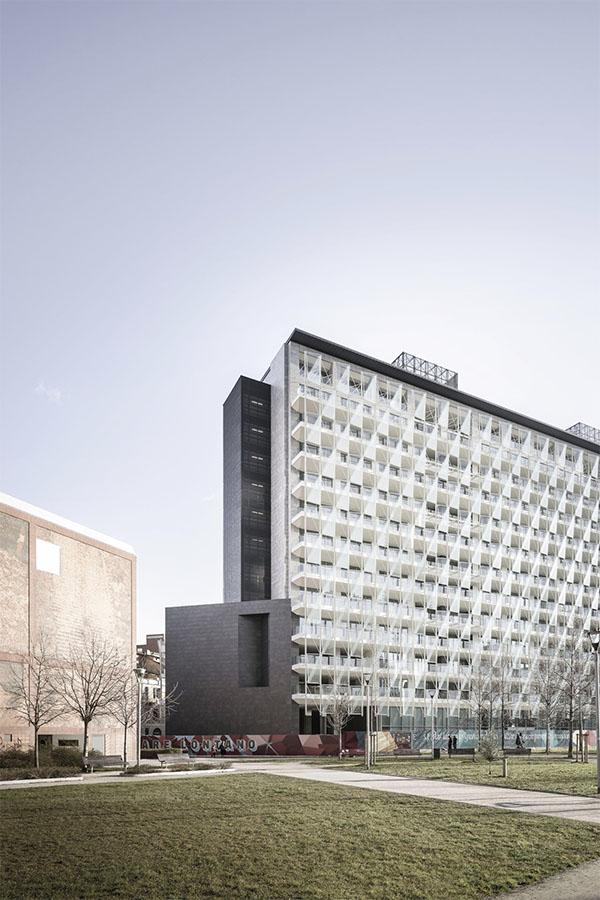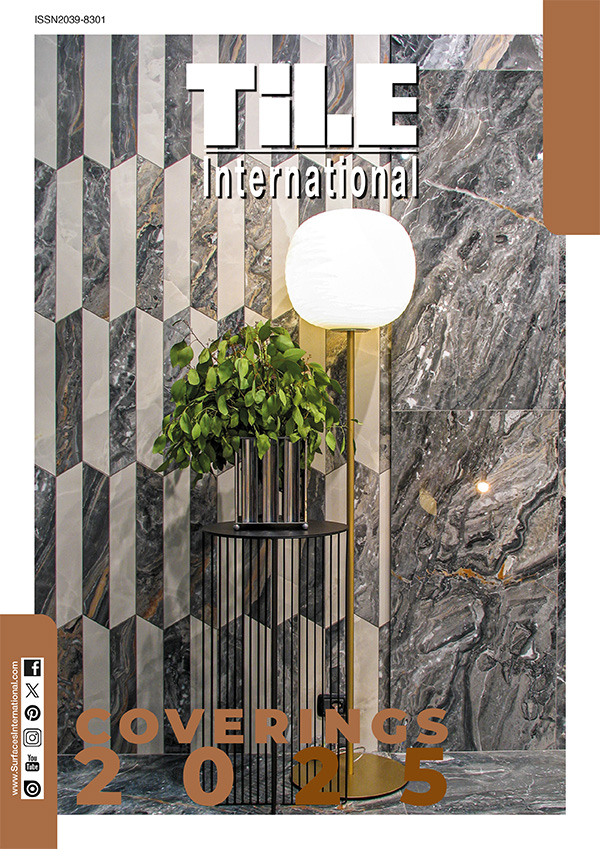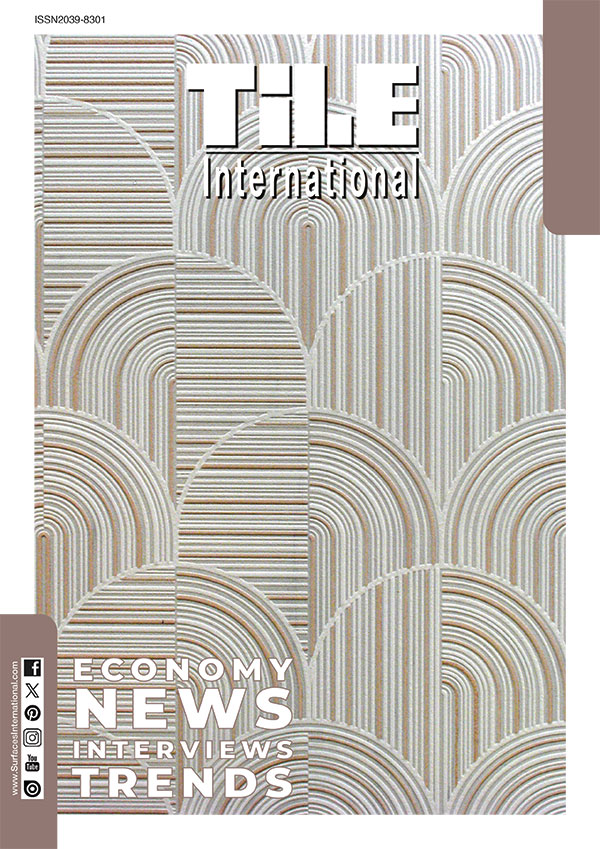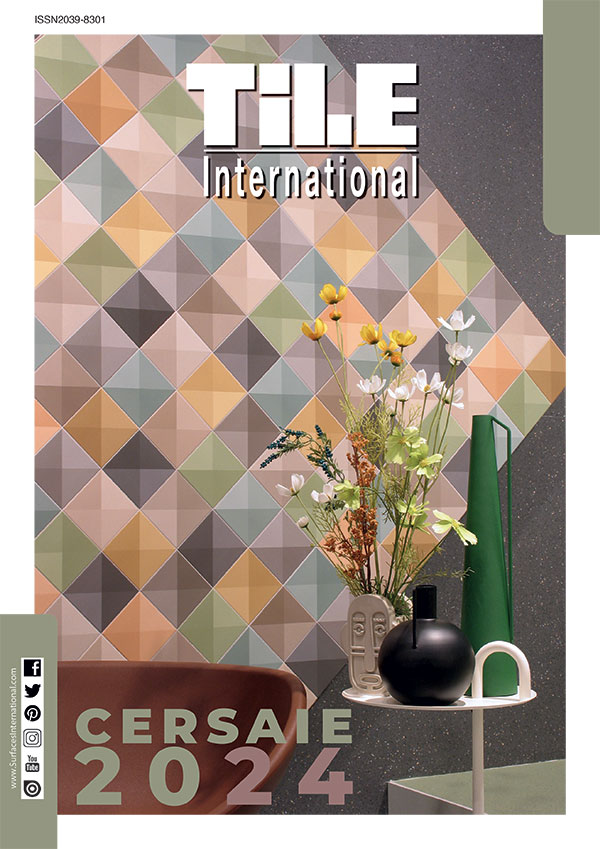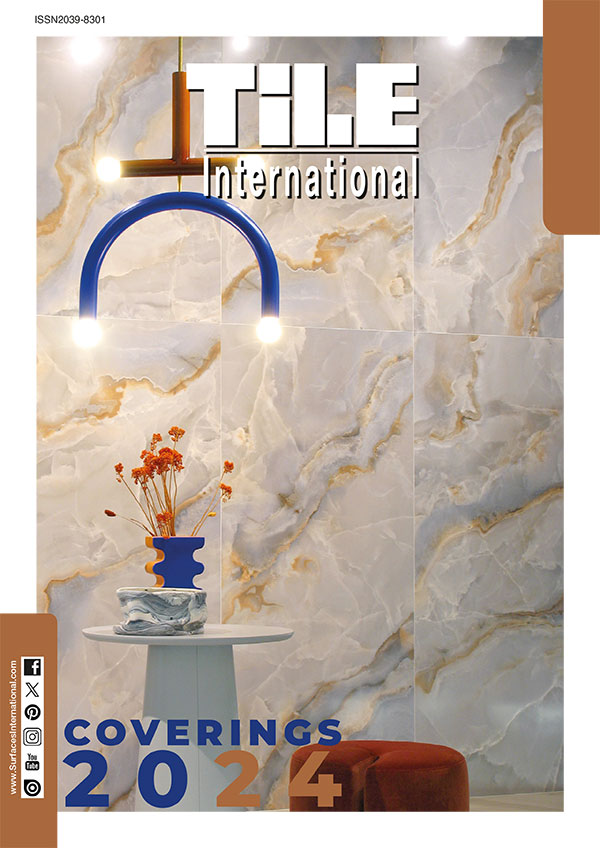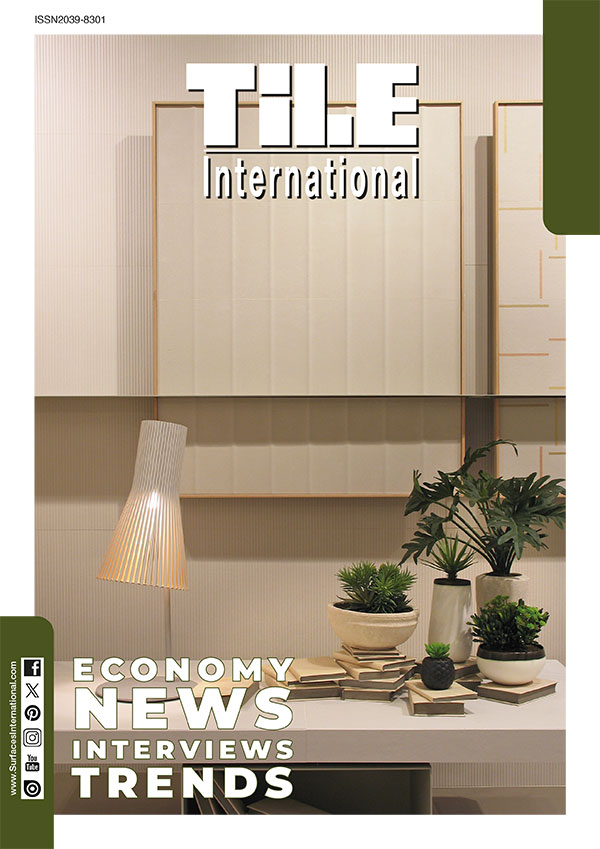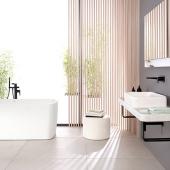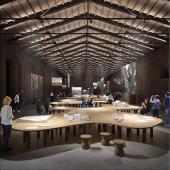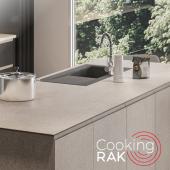The CTBUH awards the De Castillia 23 building with the Award of Excellence 2022
Requalified by Progetto CMR, it was built by using Active Surfaces® ceramic slabs supplied by Fiandre Architectural Surfaces, installed on a Granitech® ven-tilated facade system.
The CTBUH - Council on Tall Buildings and Urban Habitat - a prestigious Ameri-can research institute established in 1969 to welcome and interpret the rapid changes in skyscraper design and engineering - has bestowed the 2022 Award of Excellence to the Milanese complex De Castillia 23, for the “Best Tall Building under 100 meters” category.
Every year, a special jury selects skyscrapers built all over the world, according to criteria of excellence, innovation and creativity: these are then the finalists in the relative award categories. The projects are evaluated as a whole, including the relationship with the urban scale, their concept and how this is developed in innovative compositional and technological solutions. As underlined by Karl Fender, president of the Best Tall Building jury and founding partner of the Fender Katsalidis Architects studio, the selected architectures are virtuous examples of the “sustainable vertical urbanism” promoted by the CTBUH.
With the redevelopment of Progetto CRM, an old building in the Isola district of Milan has been brought back to life thanks to the De Castillia 23 project, owned by the Unipol Group: it had been unfinished and abandoned for years, now it is an example of innovation consisting of two units, 53 and 15 meters high.
The intervention was carried out by Progetto CMR — a leading Italian company in integrated design—which increased the functionality, energy performance and overall efficiency of the building, besides revolutionizing its purely aesthetic aspects. The key element of the project is the prismatic façade with triangular glass windows made up of rhombuses, which make it dynamic and deep: each of them has different inclinations and they create different light effects depen-ding on how the sun hits it.
For the external facade, Progetto CMR wanted a light background (in order to reflect the light) with a darker contrasting colour. They selected the ecological porcelain stoneware Active Surfaces® by Fiandre Architectural Surfaces, in particular the Core Shade surfaces in the Cloudy Core Active and Sharp Co-re Active textures.
The slabs were applied using the Granitech® ventilated facade system with visible hooking. This solution ensures long life to buildings, espe-cially high-buildings, durability of the walls and energy efficiency. In fact, an air chamber between the wall and the cladding promotes natu-ral ventilation, offering significant benefits in the removal of heat and moisture, as well as high internal comfort. This also involves the elimi-nation of thermal bridges , which improves energy savings and the effi-ciency of the external insulation over time, kept perfectly dry by optimal ventilation.
Its aesthetic beauty, the high technical performance and durability made the porcelain stoneware the perfect material for both the facades and the flooring of balconies and outdoor areas. Verticality remembers us that we are facing now new problems, which are especially related to sustainability and the combating of climate change.
The buildings nominated for the Award of Excellence have to be cha-racterized by a perfect harmony between the architectural form, the structure and the construction systems. The also have to follow the re-quirements of a sustainable design capable of preserving the quality of the environment and the urban landscape. Entirely designed in BIM, De Castillia 23 is a symbol of green and sustainable architecture, including photovoltaic and geothermal systems that produce energy and heat, besides coverings made of porcelain stoneware, a natural material produced in Zero Emissions.
Furthermore, the ceramic Active Surfaces® are “eco-active”: they have antibacterial, antiviral, anti-pollution and anti-odour properties; the sim-ple rainwater can sanitize and clean them. According to the Chemistry Department of the University of Milan, the 16,088 sq. m. of special Ac-tive slabs installed in this project can compensate 59 kg per year of ni-trogen oxides equivalent to over 200,000 sq. m. of green areas. Both people dwelling in the building and living in the neighbourhood benefit from it.
These estimates gave De Castillia 23 the epithet of "smog-eating" buil-ding.

